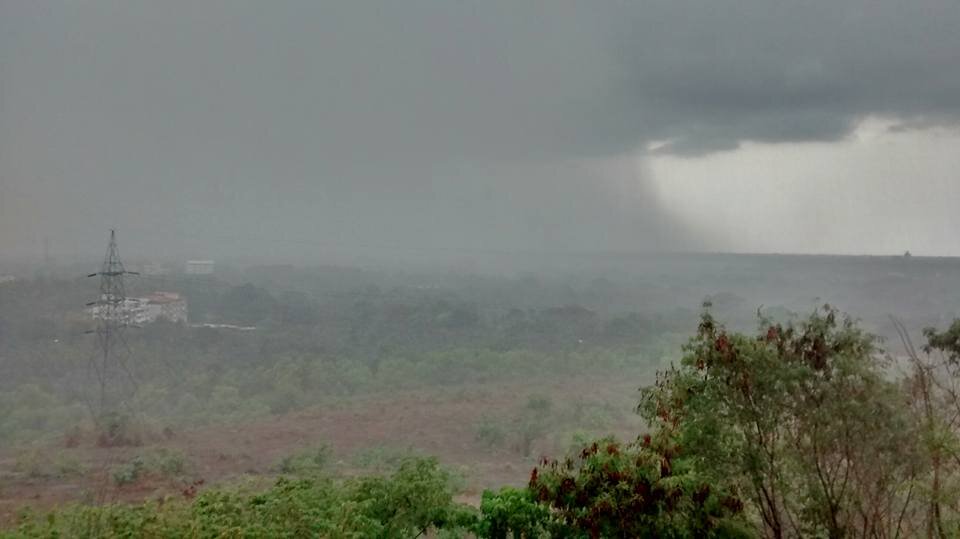The night can feel slow and timeless. With no light to guide us, the landscape appears the same (and usually, dark) across time. The soundscape, for the most part, is often surprisingly similar. It is a period of rest, of peace, and of meditation. Join us on our journey from dusk to dawn, through a track that we hope will feel as dazed and peaceful as the night.
The tracks composed for this episode can be played separately and downloaded - please go through this post for the music widgets/players and look for the download link.
Transcript, links to bird calls used in the podcast, and all other relevant information (including sources) below. We welcome feedback and critique, do let us know in the comments section.
Transcript
Intro: Welcome, you’re listening to Having a Lark. A podcast by Ramit Singal and Preetham Meher.
Ramit: We are in Manipal again. The sun set a while back and it’s what you would call dusk, the space between light and dark when the pitta announces it’s time to roost, and lapwings call unseen as they fly to fields to feed undisturbed.
In this light, when there is just enough to tell the horizon from the sky, nocturnal birds awaken. Jerdon’s Nightjar, Indian Nightjars, Savanna Nightjars - call with their mechanical beats and they are punctuated by hoots and screeches of owls.
This track signifies the transition of the busy period at dusk into the quiet of the night.
After the nightjars are done announcing their territories, they fall silent as they get busy feeding in the dark. The Brown Wood-Owl’s loud hoots are a reminder of how late it is.
—
—
Jerdon's Nightjar
After a while, only distant nightjars, bush frogs, and insects, occupy the nocturnal soundscape.
I’ve spent many nights awake. Birding, looking for frogs, pretending to study or work, or in the company of friends. There’s just something about it. The silence, the calm, and the timelessness. 10 PM, 12 AM, 2 AM, 4 AM - it all looks the same, the only thing that changes is how sleepy I feel.
—
Birding at night is just so different. In the silence my senses feel sharper as they try to pick out bird calls which are few and far between. But I do hear and tune into sounds like the rustling of leaves and insects, things that I would ignore in the daytime.
—
But eventually, dawn does break through. Nightjars call before heading to roost. And then, the pitta awakens again - usually at 6 AM - and initiates yet another Morning Raga.
Of course, you can hear the rest of this track on Episode 2, which is called Morning Raga. In this episode, which was a really abstract idea to us, we just wanted to go through the night and experience the timelessness and stillness of it all.
Birding at night can often feel boring, but if you strike the right chords I find that it can be magical, rewarding, and can stir up the imagination as you float around in the area between awakeness and sleep.
Credits and notes: We hope you enjoyed that. You can download this track using the link in the episode notes, where you will also find the transcript, images, links to other sounds, and other useful information. We want to thank Savithri Singh for letting us use her image of the Oriental Skylark for the podcast logo. And thank you for listening. Feedback and comments are welcome.
Birds in the podcast (with links to calls):
Intro tune: Oriental Skylark
Narration and track: Indian Pitta, Yellow-wattled Lapwing, Jerdon’s Nightjar, Indian Nightjar, Savannah Nightjar, Brown Hawk-Owl, Brown Wood-Owl, Sri Lanka Frogmouth, and then the intro from Morning Raga






